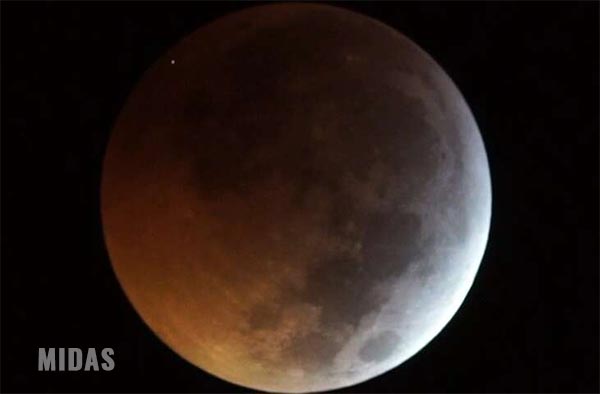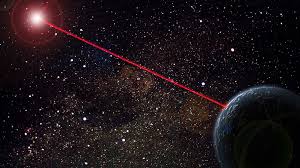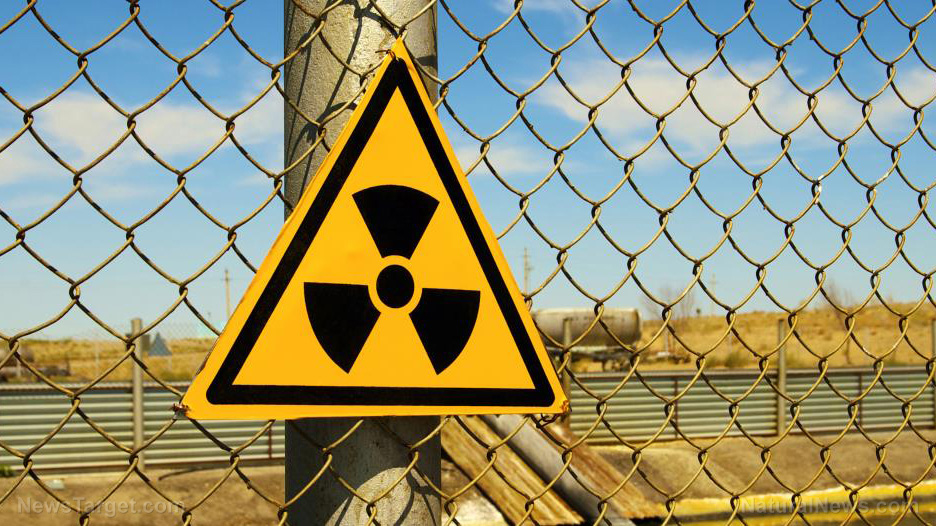India’s Chandrayaan-3 first to land near the moon’s south pole
08/27/2023 / By Kevin Hughes

India’s lunar spacecraft Chandrayaan-3 made a historic and successful landing on the moon’s south pole on Wednesday, August 23.
Chandrayaan-3, bearing the lunar lander Vikram, successfully landed near the moon’s south pole, making India just the fourth nation to make a successful landing on the lunar surface and the first in history to land near the moon’s south pole.
Chandrayaan-3 was launched on July 14 and entered lunar orbit on Aug. 5 transporting Vikram. This was India’s second attempt at a moon landing after the failure of Chandrayaan-2, which crashed into the lunar surface in 2019.
“India is now on the moon,” said a celebratory Indian Prime Minister Narendra Modi. “This is the heartbeat of 1.4 billion people. This is the new India, the new beginning, the new thinking of the new efforts. This is a feature of the shine of India – we made a promise, and we made it true on the surface of the moon. This is a historic moment, and for every Indian, we are all very proud.”
The United States, the former Soviet Union and China have all achieved successful landings on the moon, but most of their landings were based around the moon’s equator or near the north pole.
Chandrayaan-3’s successful landing also comes just days after Russia’s own lunar spacecraft, Luna-25, spun out of control and crashed into the moon after encountering a problem while the probe was preparing for a pre-landing orbit. This was Russia’s first moon mission in 47 years. (Related: Top Russian astronomer mysteriously ends up in hospital after FAILED moon mission.)
India to look for water-based ice on the moon
The main goal of the Indian Space Research Organization (ISRO), the country’s national space agency, is to scour the lunar surface for water-based ice, which scientists believe is prevalent in vast quantities on the surface of the moon that is permanently in shadow.
Scientists believe the existence of water-based ice on the moon could support human habitation and could also make the moon useful for supplying propellant for spacecraft headed to Mars and other more distant destinations within the solar system.
Chandrayaan-3 and Vikram are carrying five scientific instruments which will help the ISRO discover the physical characteristics of the moon’s surface, the atmosphere close to the surface and the tectonic activity below the surface.
“The successful landing means that the rover and station should provide us with a more accurate determination of lunar crust composition, particularly around the lunar south pole, which is a suggested location for a lunar base due to the ability to have constant sunlight for power,” noted space physics expert Ian Whittaker of Nottingham Trent University. “The instruments on board the rover will be useful for if we want to build structures out of local material.”
Chandrayaan-3’s mission on the moon is likely to last only for 14 days due to the rover and the lander being solar-powered. Fourteen Earth days after Aug. 23, the area of the moon by the south pole will experience near-continuous night for the next 14 to 15 days. This will make it nearly impossible for the Vikram lander and the rover, named Pragyaan, to operate in the lunar environment. ISRO may restart operations after the lunar night if the systems manage to survive until the next lunar day.
Follow Space.news for more news about moon missions.
Watch this video discussing how NASA is worried about the rapid advancements of India’s, China’s and Russia’s space programs.
This video is from the DarylLawsonLive channel on Brighteon.com.
More related stories:
NASA and private companies to launch BUSINESS on the MOON within the next decade.
NASA plans to MINE THE MOON by early 2030s, says rocket scientist.
NASA’s next lunar mission could discover existence of life on the moon.
China to begin construction of LUNAR BASE using moon soil.
Russia plans to install nuclear-powered observatory on its future moon base.
Sources include:
Submit a correction >>
Tagged Under:
Chandrayaan-3, India, Indian Space Research Organization, ISRO, lunar probe, Moon, moon landing, moon landings, Narendra Modi, Space, space exploration, space missions, Space Probes, space water, Vikram lander, water ice
This article may contain statements that reflect the opinion of the author
RECENT NEWS & ARTICLES
COPYRIGHT © 2017 DISCOVERIES NEWS




















